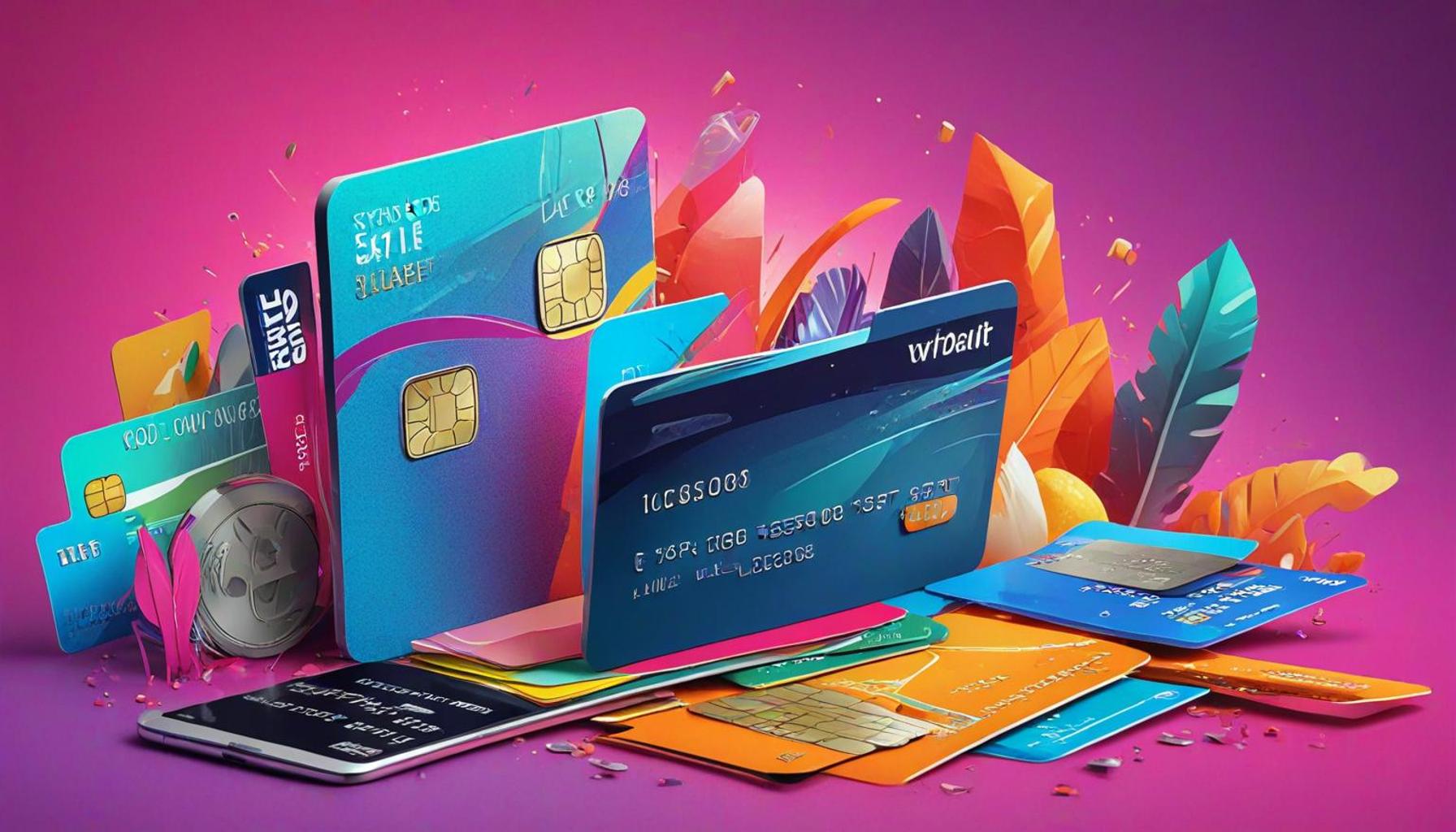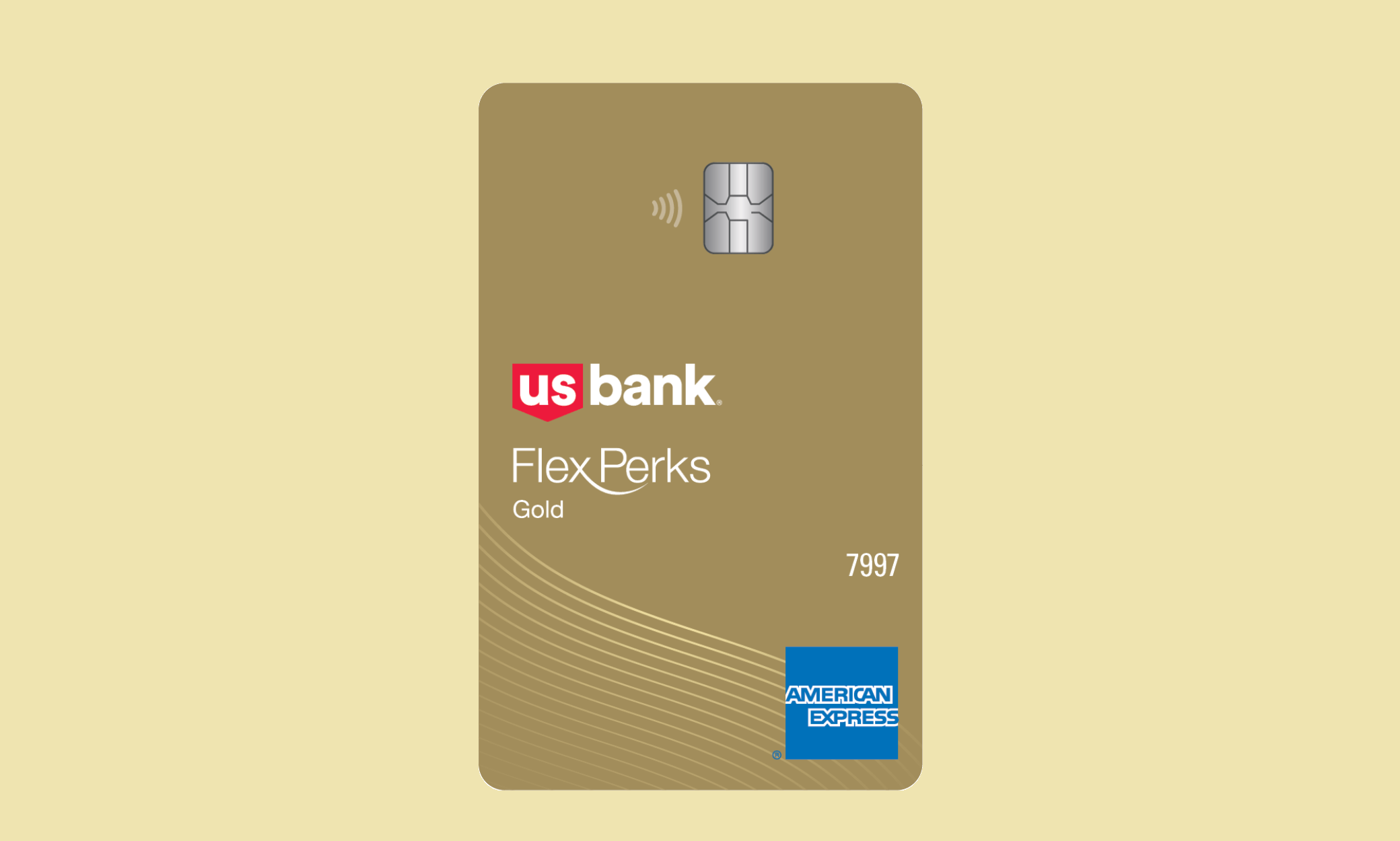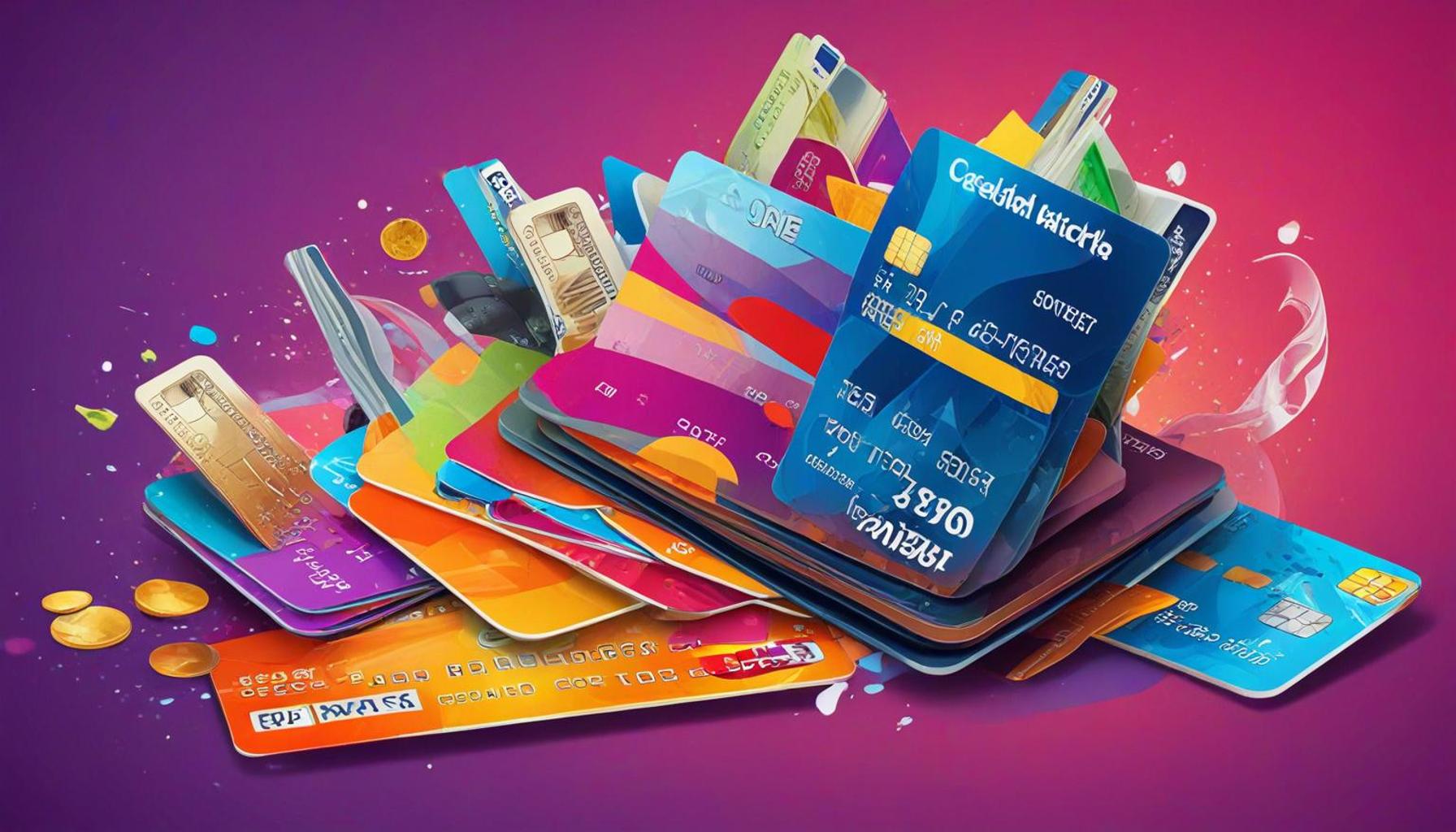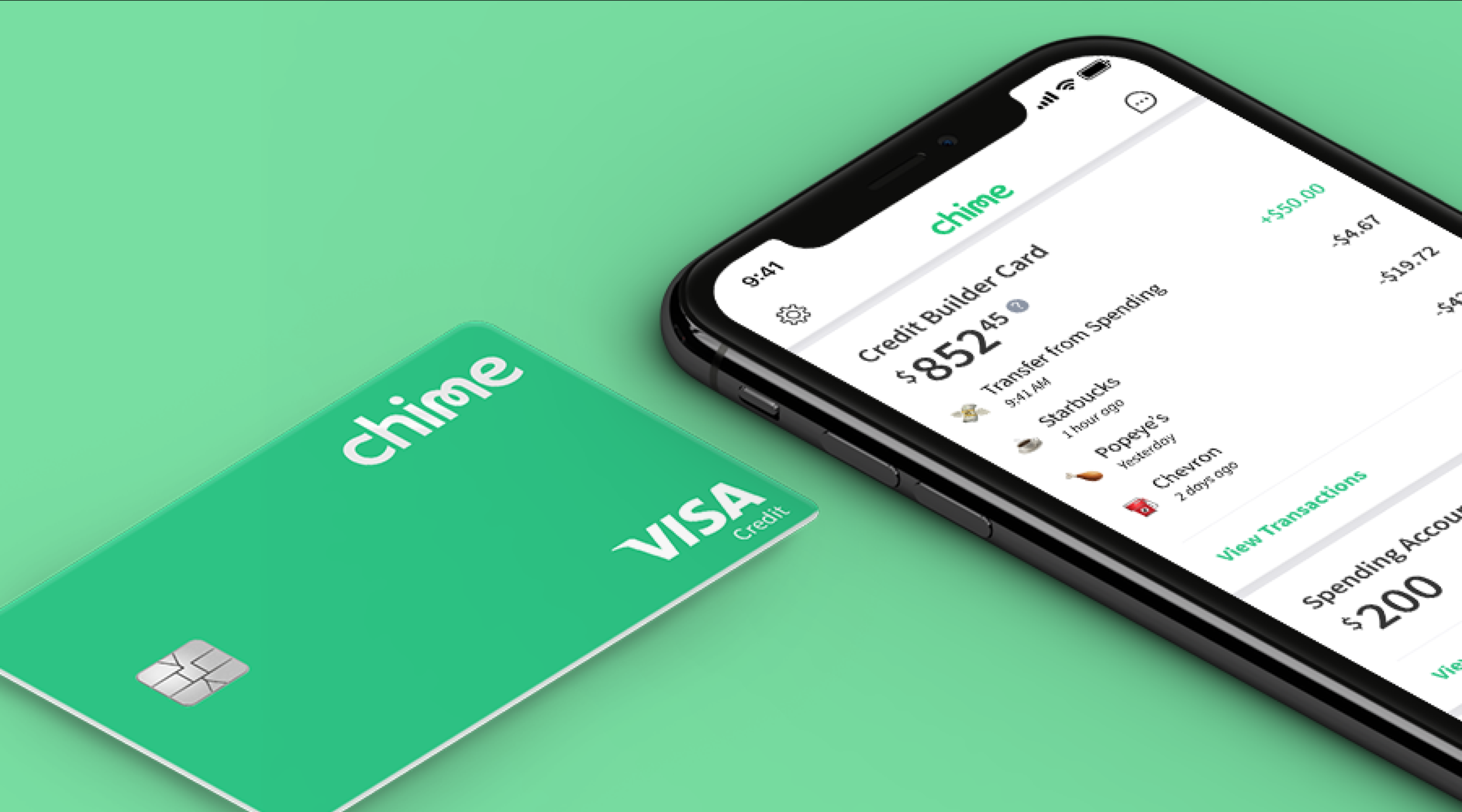Strategies for Efficiently Managing Credit Card Debt

Understanding Credit Card Debt
Credit card debt is an issue that affects a significant number of Americans, making financial management a challenge for many. One of the foremost reasons for the mounting debt is high-interest rates. Credit cards often carry rates that can exceed 20%, which means the longer you carry a balance, the more you are paying in interest. For instance, if you have a balance of $5,000 on a card with a 20% interest rate, you could end up paying over $1,000 in interest over a year if you only make minimum payments.
Another factor to consider is the effect of minimum payments. When you opt to pay only the minimum amount due, it can be tempting because it seems manageable. However, this approach can lead to prolonged debt. Most minimum payment structures are designed so that they primarily cover the interest accrued while only slightly reducing the principal balance. For example, if your monthly minimum payment is $150 on that same $5,000 balance, you’ll find that much of that payment barely touches the outstanding amount, allowing debt to linger longer and accumulate even more interest.
Consequences of High Debt
Accumulating credit card debt can also have significant implications for your financial future. One major consequence is its potential to impact your credit score. A high balance relative to your credit limit—also known as credit utilization—can lower your score, making it harder to secure loans, mortgages, or even rental agreements in the future. A lower credit score can lead to higher interest rates on future loans, creating a cycle of debt that can be difficult to escape.
Effective Strategies to Manage and Eliminate Debt
The good news is that there are various strategies you can employ to gain control over your credit card debt. Below are some effective methods:
- Creating a Realistic Budget: Begin by analyzing your monthly income and expenses to identify areas where you can cut back. A budget helps you allocate funds specifically for debt repayment, making it easier to see progress.
- Consolidating Debt: Look into options such as a personal loan or a balance transfer credit card with a lower interest rate. This can help you consolidate multiple debts into one payment, often at a reduced interest rate, making it easier to manage your finances.
- Snowball or Avalanche Method: These methods focus on how you tackle your debts. The snowball method suggests paying off the smallest debt first, which can boost motivation as you see debts disappear. The avalanche method, on the other hand, involves paying off the debt with the highest interest rate first, minimizing the total interest paid over time.
By adopting these techniques, you’re not only working towards improving your financial health but also gaining peace of mind. A proactive approach toward managing credit card debt can pave the way for a more secure financial future, allowing you to use credit responsibly rather than being overwhelmed by it. Let’s explore these strategies together and take the first steps toward financial freedom.
DISCOVER MORE: Click here
Implementing Smart Financial Practices
Managing credit card debt effectively starts with foundational financial practices. One of the most powerful tools at your disposal is creating and sticking to a realistic budget. A budget is not just a list of your expenses; it’s a roadmap for your financial journey. Begin by tracking your income and expenses over a month to gain a clear understanding of your spending habits. Identify non-essential expenses that can be trimmed, such as dining out or subscription services. Allocating specific amounts for debt repayment can ensure that you prioritize paying down your credit cards while still enjoying life within your means. For example, if you typically spend $100 a month on coffee, consider cutting that down to $50 and directing the additional $50 toward your credit card debt.
Another effective strategy is debt consolidation. This involves combining multiple debts into a single loan, which often has a lower interest rate than your existing credit card debt. For instance, if you have three credit cards with varying balances and interest rates, you might consider a personal loan or a balance transfer credit card with an introductory offer of zero or low interest. By consolidating your debt, you simplify your payments into one monthly bill, making it easier to manage. Additionally, it can save you money in interest over time, allowing you to pay off your debt faster.
Choosing the Right Debt Repayment Method
Once you have a budget and potentially consolidated your debt, the next step is to select a repayment method that suits your financial situation. Two popular methods are the snowball method and the avalanche method. Each method has its own merits based on psychological and financial factors.
- Snowball Method: This approach involves focusing on your smallest debt first, irrespective of interest rates. For example, if you have a credit card debt of $500, another of $1,200, and a third of $3,000, you would concentrate on paying off the $500 card first. This can provide a sense of accomplishment and motivation as you see debts disappearing.
- Avalanche Method: Conversely, the avalanche method prioritizes paying off debts with the highest interest rates first. If you have a credit card with a $2,000 balance at 22% interest and another with a $1,000 balance at 15%, you would focus on the higher-interest debt first. This strategy minimizes the total amount spent on interest over time, which can lead to faster overall debt repayment.
Incorporating these strategies into your financial routine can minimize stress around managing credit card debt, setting you on a clearer path toward financial stability. Understanding how to combine budget planning, debt consolidation, and specific repayment strategies can empower you to take control of your financial situation, propelling you toward financial freedom.
DISCOVER MORE: Click here to dive deeper
Leveraging Credit Card Features Wisely
Another element in efficiently managing credit card debt is understanding and leveraging the features of your credit cards. One of the most beneficial options available to many cardholders is the introductory 0% APR offers. Many credit cards provide this feature for balance transfers or new purchases, allowing you to save on interest for a promotional period, typically ranging from six to eighteen months. If you qualify, consider transferring higher-interest debt to a credit card offering this type of promotion. It can provide a significant breathing room and give you a chance to pay down your principal without accruing additional interest during the promotional period. Just be sure to pay off the balance before the regular interest rate kicks in.
Additionally, automatic payments can be a valuable tool in your debt management strategy. Setting up automatic payments ensures you never miss a due date, which could lead to late fees and increased interest rates. You can schedule monthly payments that exceed the minimum payment amount, helping you accelerate your repayment journey. However, always keep an eye on your bank account balances to avoid overdrafts, as missed payments can hurt your credit score and your overall debt repayment plan.
Building an Emergency Fund for Financial Resilience
A common reason people fall deeper into credit card debt is the absence of an emergency fund. Unexpected expenses, like medical bills or car repairs, can quickly lead to reliance on credit cards when cash reserves are low. Therefore, establishing a small emergency fund should be a priority. Aim for at least $500 to $1,000 to cover minor emergencies without resorting to your credit cards. Consider automating contributions to this fund through your paycheck. Once you grow more comfortable, increasing your emergency fund to cover three to six months’ worth of living expenses can provide even greater security and reduce the need for credit card dependence in the future.
Reassessing Your Lifestyle Choices
As part of managing credit card debt, it’s essential to reassess your overall lifestyle choices. Reflecting on your spending habits, particularly on items that may contribute to credit card use, can reveal areas for improvement. One way to start is by conducting a monthly review of your credit card statements. This practice can help identify patterns in spending that lead to accumulating debt. For instance, if you consistently see high charges in entertainment categories, consider alternatives such as hosting a potluck instead of dining out or using free community resources for activities.
Moreover, prioritizing needs over wants can play a vital role in reducing expenditure. During your budgeting process, differentiate between essential expenses—like groceries, rent, and utilities—and non-essential spending—such as luxury items or takeout food. By focusing your financial resources on necessities, you can free up more money for debt repayment.
Lastly, seeking financial education can be tremendously beneficial. Numerous resources, from community workshops to online courses, provide guidance on managing debt and improving financial literacy. Engaging with financial advisors, whether through your bank or local credit counseling services, can also offer tailored advice based on your unique circumstances and goals.
DISCOVER MORE: Click here to learn how to apply
Conclusion
In summary, effectively managing credit card debt requires a multi-faceted approach grounded in practical strategies and informed choices. Start by understanding the features of your credit cards, such as taking advantage of introductory 0% APR offers to reduce interest costs, and make the best use of automatic payments to ensure timely debt repayment. Building an adequate emergency fund can provide a financial buffer against unplanned expenses, reducing the likelihood of resorting to credit cards in moments of need.
Moreover, taking a critical look at your lifestyle choices and spending habits is essential. By identifying non-essential expenditures and prioritizing essential needs, you can allocate more resources toward paying down your debt. Conducting regular reviews of your spending patterns can help highlight areas for improvement, allowing you to make informed adjustments to your budget. Lastly, investing time in financial education empowers you to make informed decisions about managing debt effectively. Utilize available resources, whether through community workshops or consulting with financial advisors, to deepen your understanding of budgeting and debt management.
By combining these strategies with patience and discipline, you can pave the way toward financial stability. Remember, progress may occur gradually, but every step taken in managing credit card debt is a step in the right direction. Recommit to your financial health today and embrace the journey towards a debt-free future.


